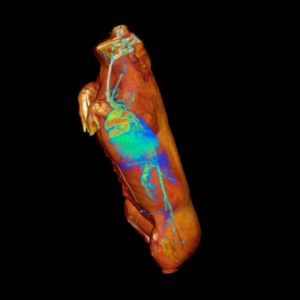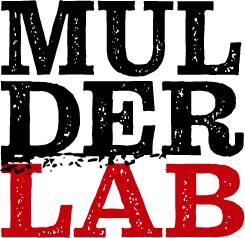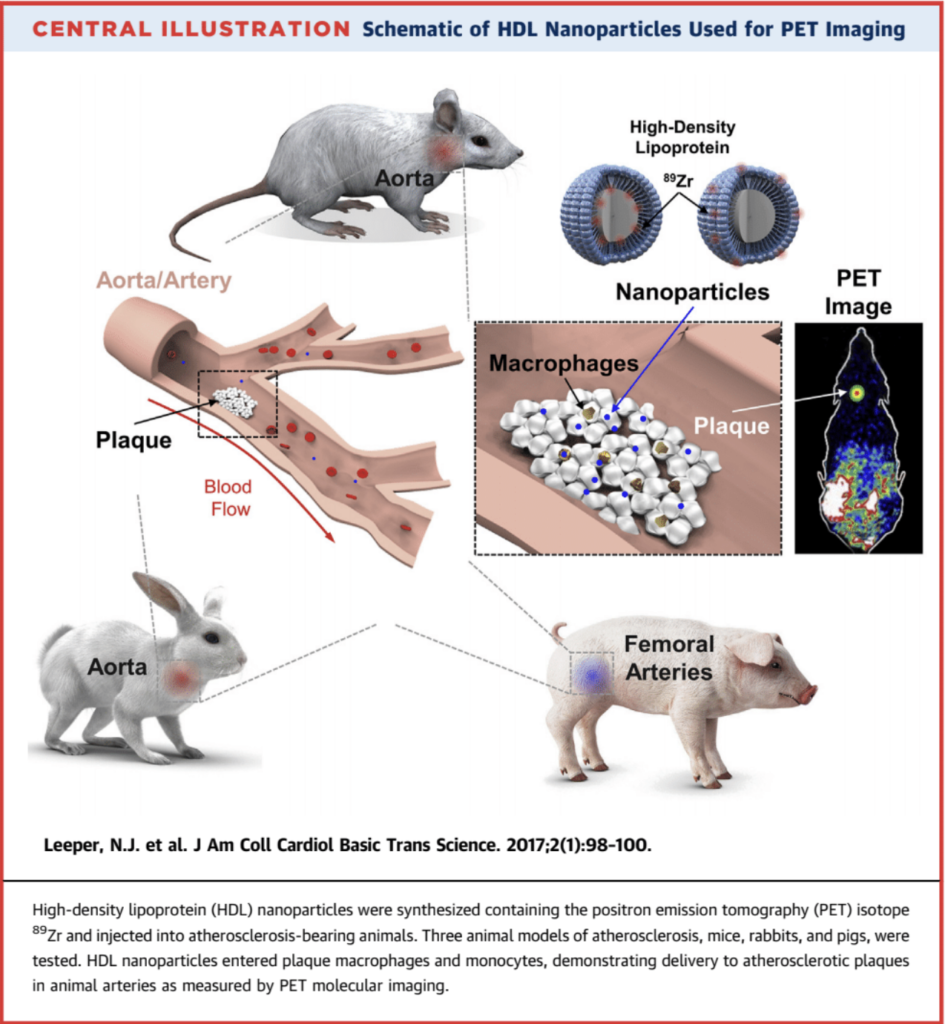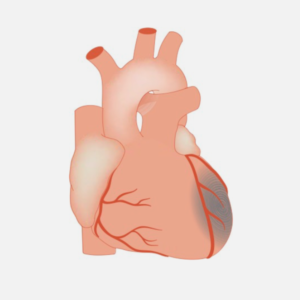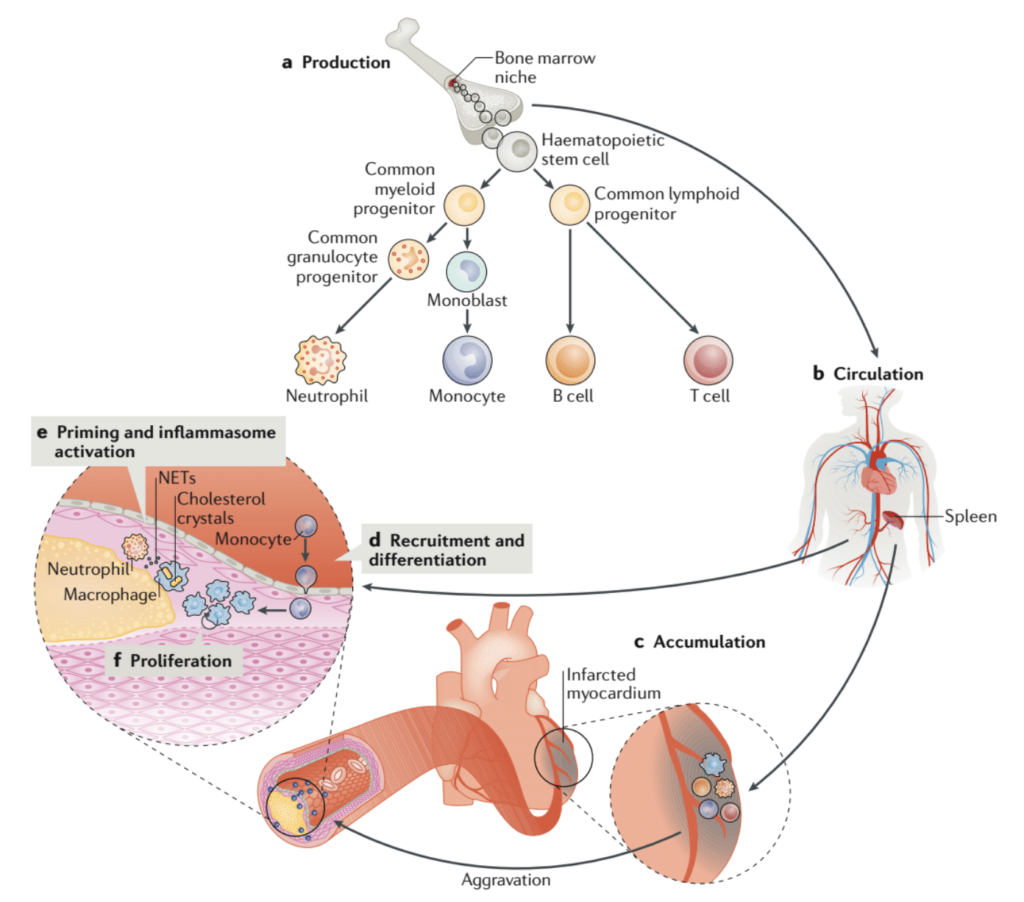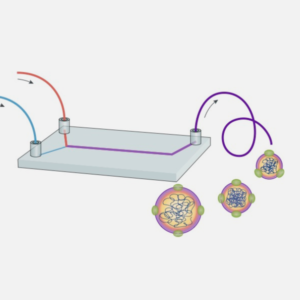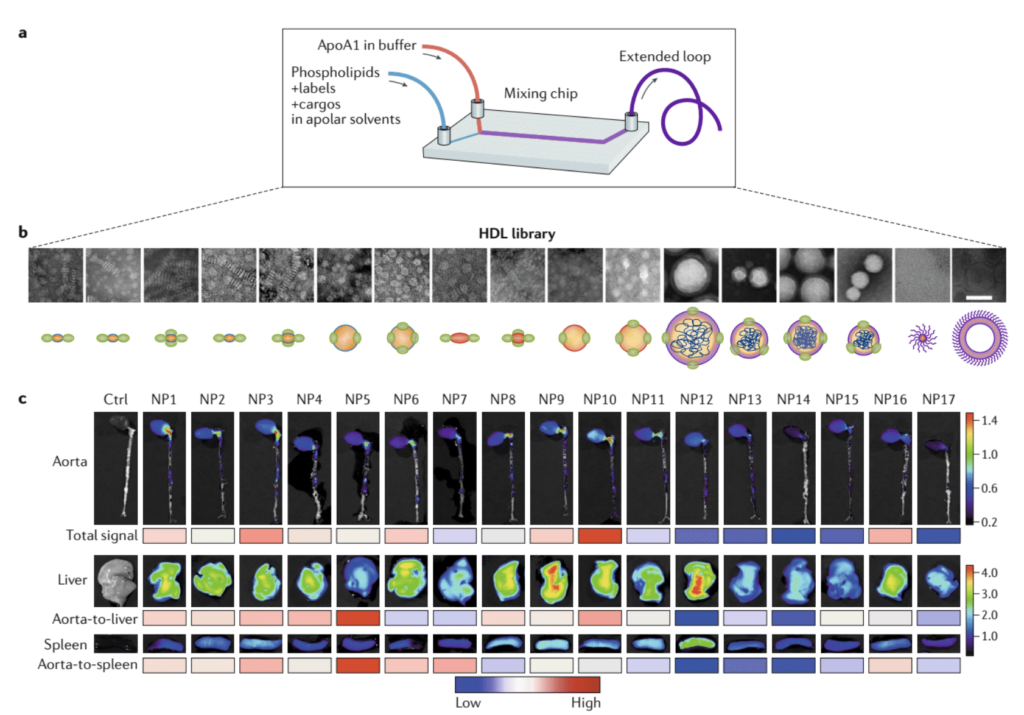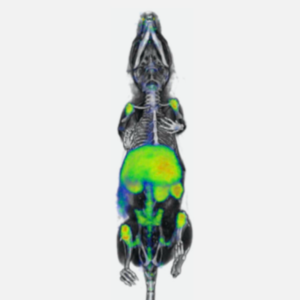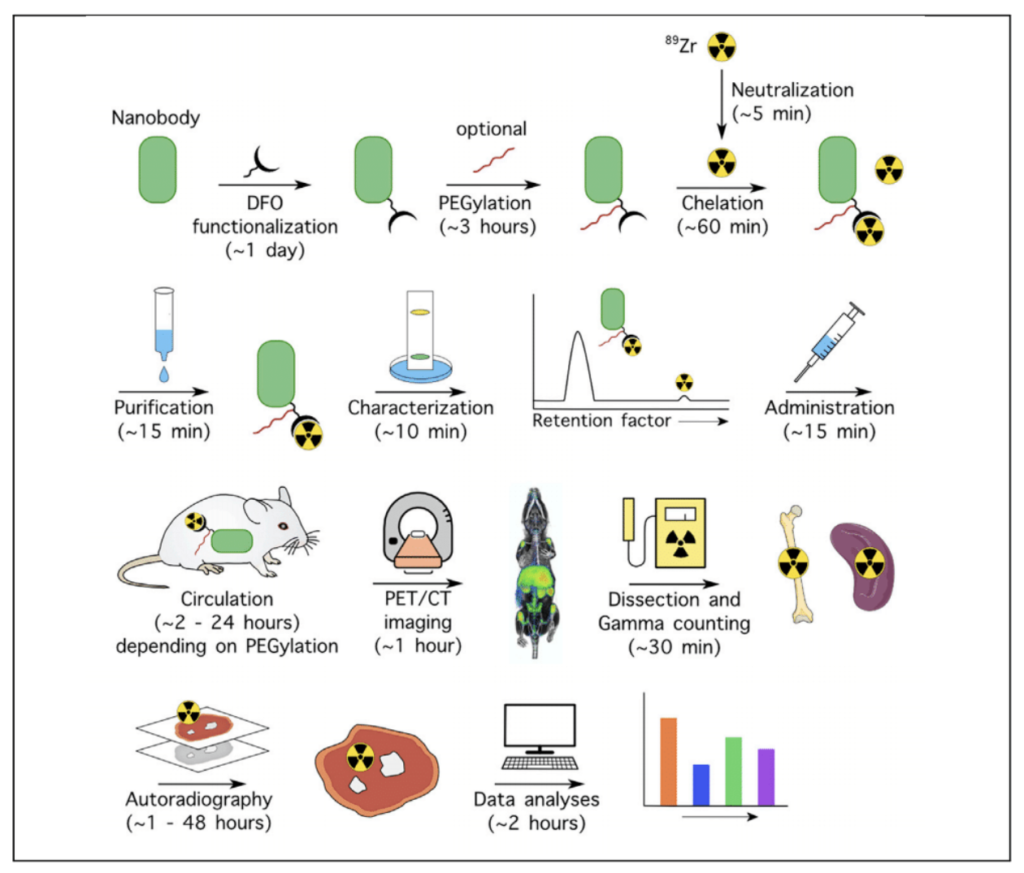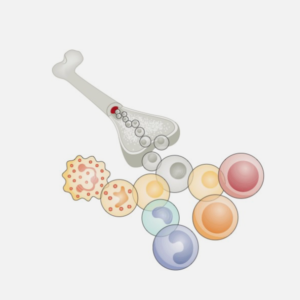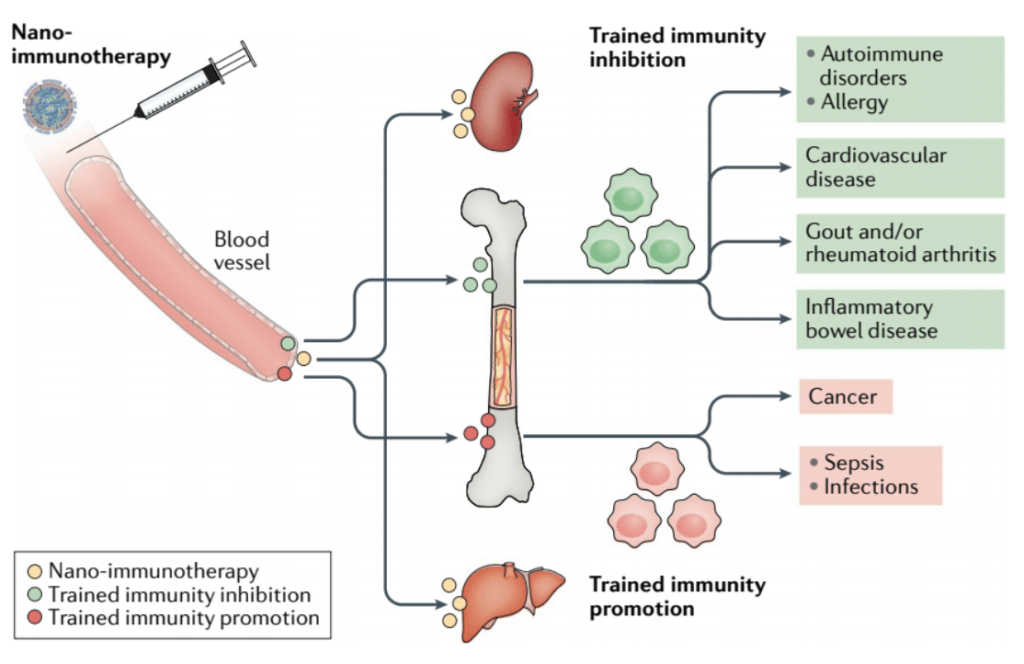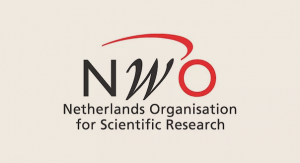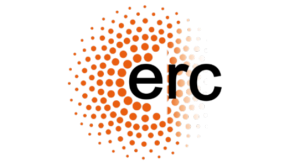WILLEM MULDER EXPLAINS
I started working in the field of nanomedicine as a chemistry student in The Netherlands, more than twenty years ago. Since then, I have been captivated by the application of nanotechnology in medicine, particularly in immunology.
During my tenure at Mount Sinai, which started in 2006, and since the beginning of 2021 at Radboudumc and TU/e in The Netherlands, we have established a unique multidisciplinary ecosystem. It allows young scientists from diverse backgrounds to flourish and mature into the engineers, scientists, and medical doctors of tomorrow by participating in and driving innovative science today.
By exploring the biological, chemical, and experimental knowledge that interconnects chemistry, imaging, and immunology, our lab creates nanomaterials to tackle detrimental medical conditions such as cancer, atherosclerosis, stroke, and organ transplantation. We strive to make these technologies available to patients through entrepreneurship BIOTRIP.nl
